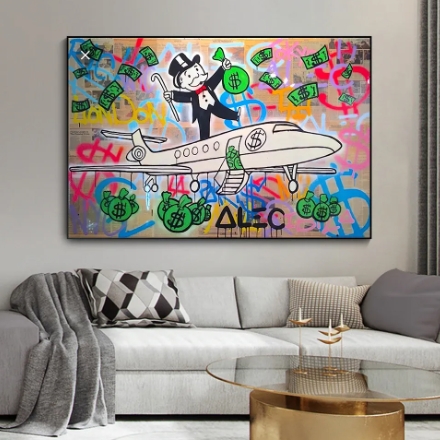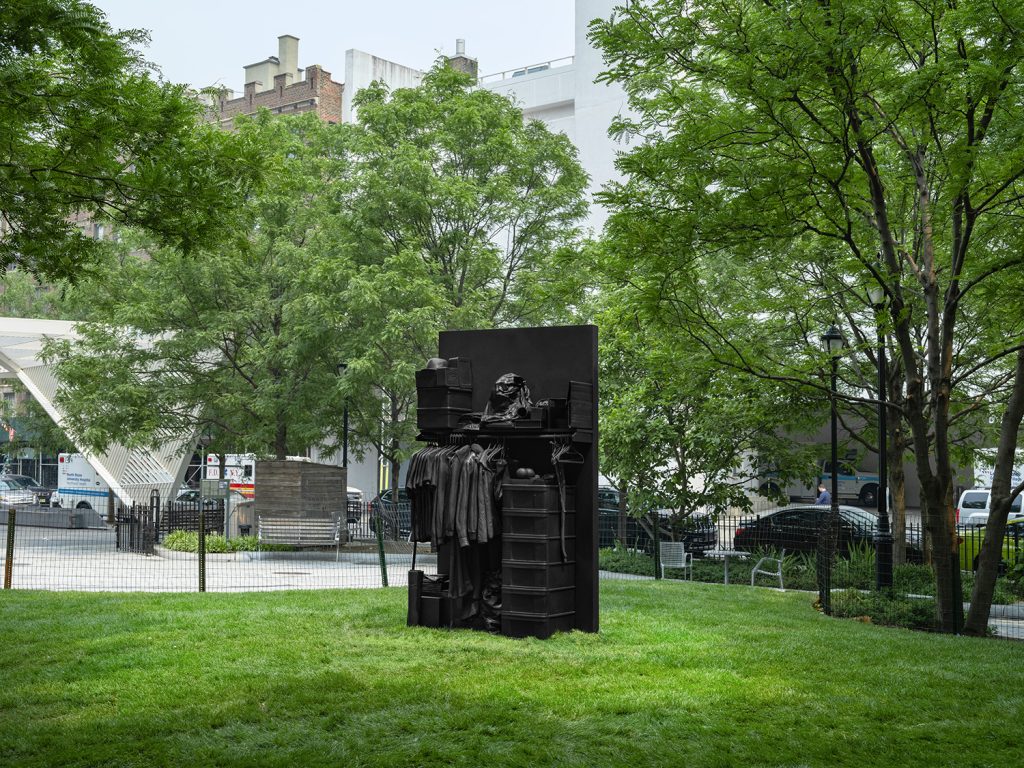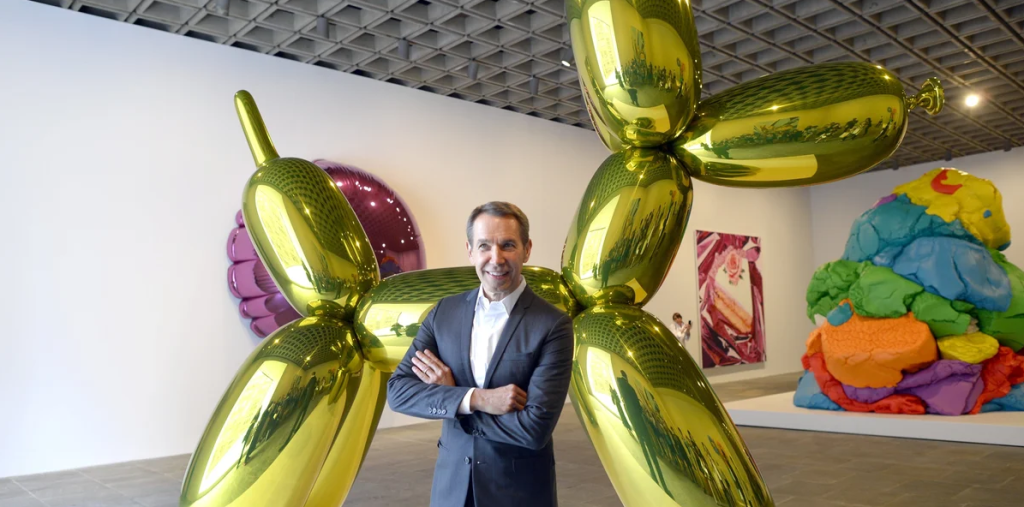Introduction
Graffiti is more than an art form. It reflects culture, history, and social commentary. Recently, a unique trend has emerged: graffiti inspired by board games like Monopoly. This fusion of street art and nostalgia captures the imagination.
The Allure of Monopoly
Monopoly is an iconic board game. It represents capitalism and competition. Players buy and trade properties, aiming for financial dominance. Its colorful visuals and recognizable icons provide fertile ground for artists.
Graffiti as Expression
Street artists use public spaces to express ideas. Graffiti allows them to comment on society, politics, and economics. By incorporating Monopoly elements, artists add a layer of critique. They challenge consumerism and wealth disparity, turning playful nostalgia into powerful statements.
The Role of Iconography
Familiar symbols, like the Monopoly man and property cards, serve as effective tools. Artists remix these icons to convey messages. A smiling Monopoly man may suggest greed, while classic property cards can symbolize gentrification. This visual language resonates with a broad audience.
The Rise of Collaboration
Both board games and graffiti culture thrive on collaboration. Artists often gather in collectives, sharing styles and ideas. Game companies have also noticed this trend. Some collaborate with street artists to create limited-edition merchandise, merging both worlds creatively.
Social Media Influence
Platforms like Instagram and TikTok amplify this trend. Graffiti artists showcase their work, reaching wider audiences. Users document urban landscapes adorned with Monopoly-inspired art. This exposure leads to more graffiti, creating a vibrant community.
Conclusion
The intersection of Monopoly and graffiti highlights a unique cultural phenomenon. Artists use familiar board game imagery to comment on contemporary issues. This trend enriches both street art and board game culture, sparking conversations that resonate far beyond city walls.


